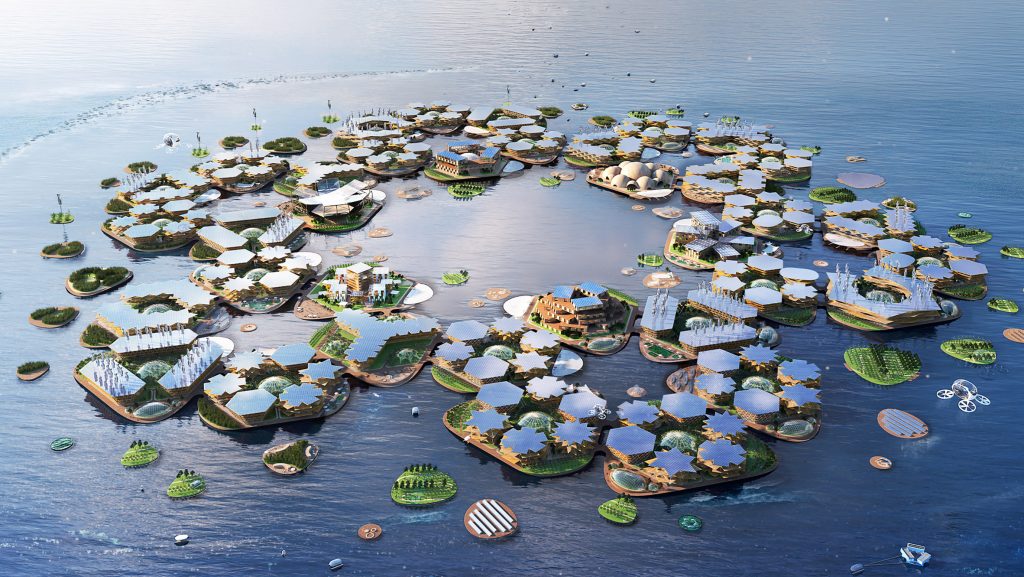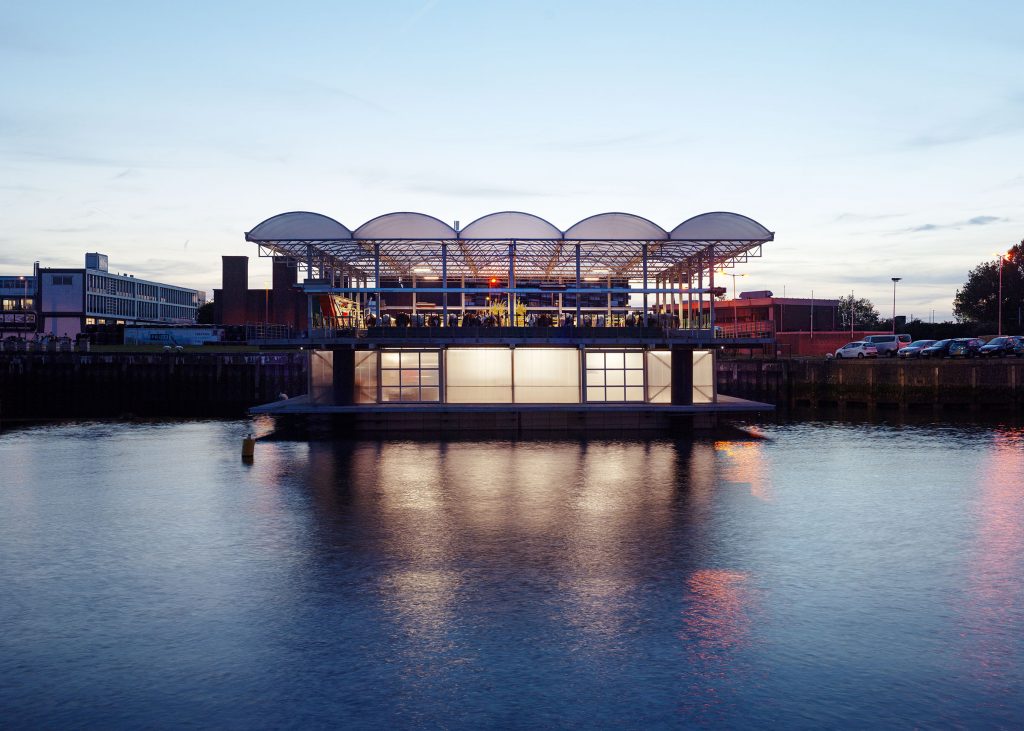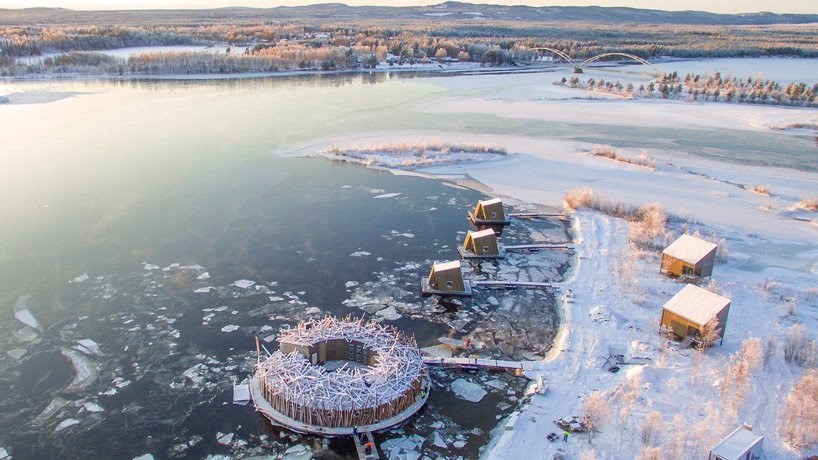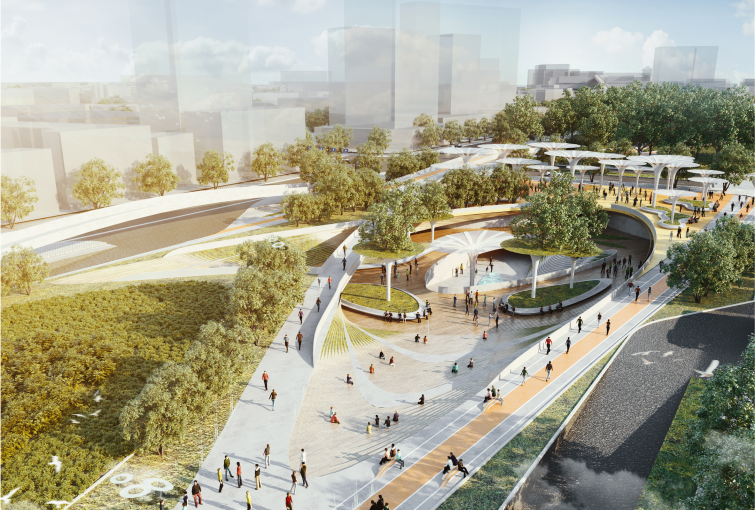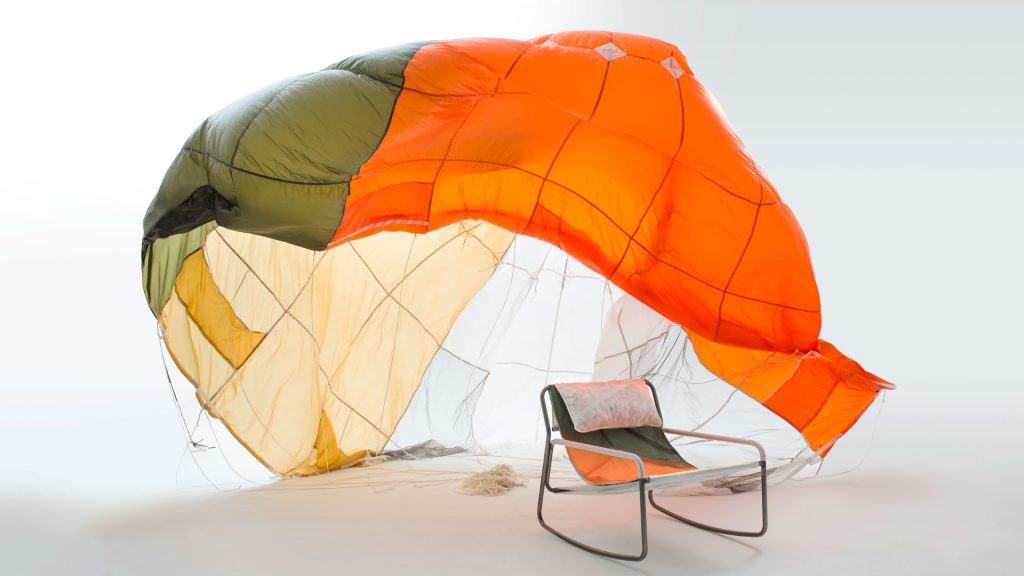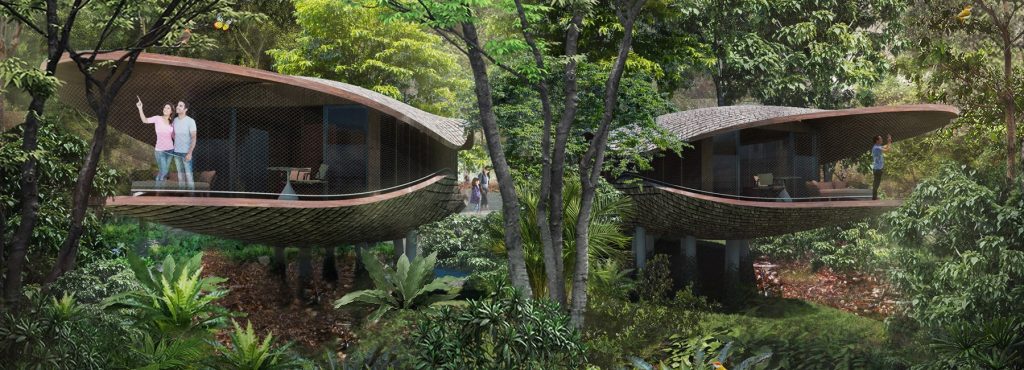Water is an element that has given birth to life on Earth, and our bond with water remains significant as ever. Creating water-based habitats for humans will soon become a need to survive, as according to experts’ predictions, 90 per cent of the world’s largest cities will be exposed to rising seas by 2050. We are closing our series of posts dedicated to floating architecture with a selection of futuristic living spaces designed by architects as man-made floating ecocystems adapted to climate change and the resulting threat of rising sea levels and extreme weather events.
